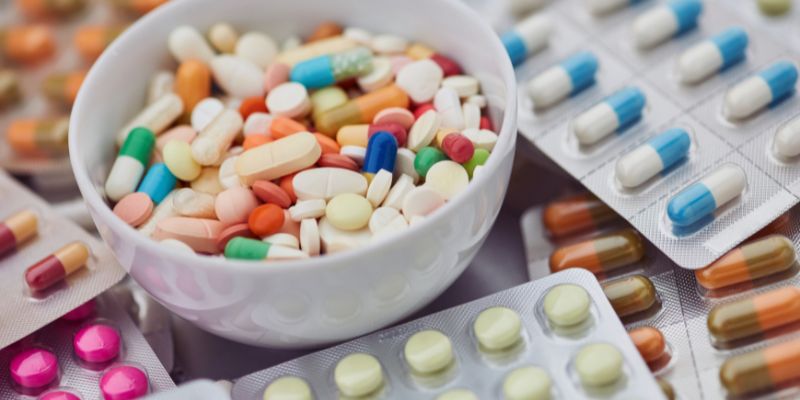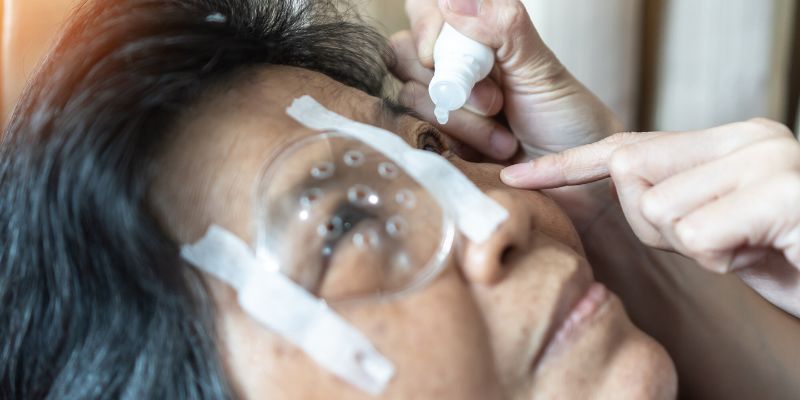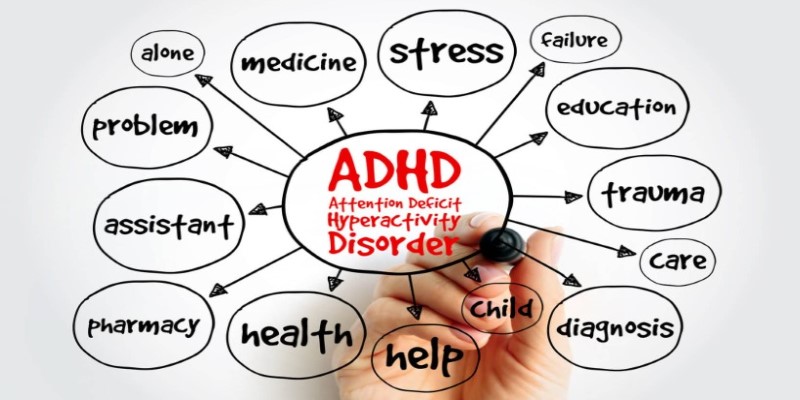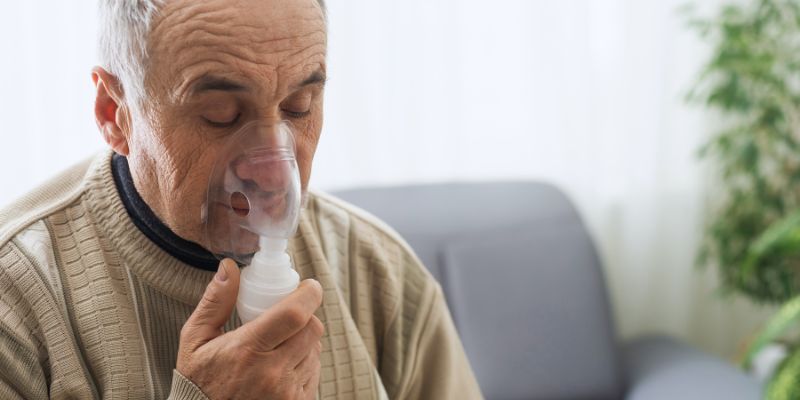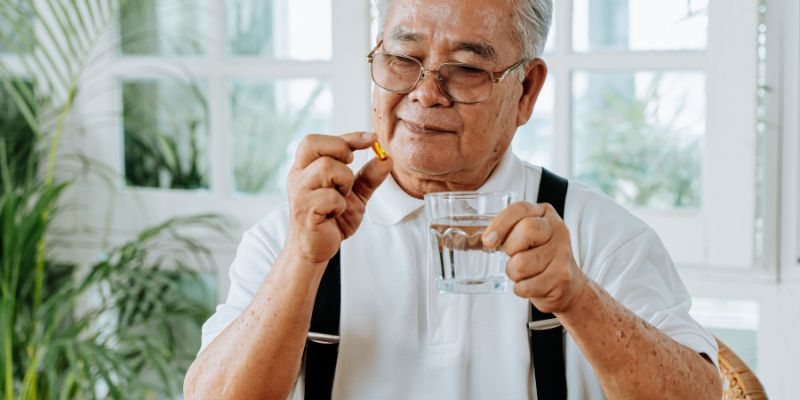Exploring COPD Treatment Breakthroughs: What's New for Patients
Millions globally struggle with Chronic Obstructive Pulmonary Disease (COPD), which impedes breathing during routine tasks. Thanks to advancements, COPD treatments are improving, with innovations like digital inhalers, stem cell therapies, and new drugs enhancing patient outcomes.
These developments tackle the fundamental reasons as well as the symptoms, providing hope for improved illness control. This guide discusses the most recent advancements in COPD treatment and clarifies the therapies that allow patients to lead more pleasant lives. Whether you are helping someone else with COPD or managing your own, knowledge of these innovations can make all the difference.
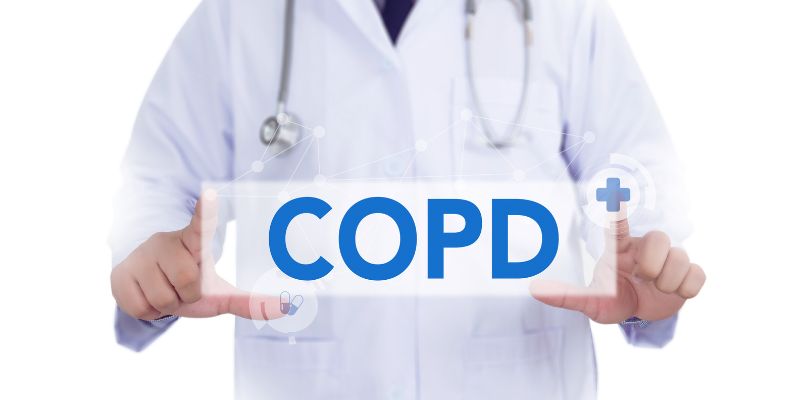
Understanding COPD and Its Challenges
Affecting the airways, COPD (Chronic Obstructive Pulmonary Disease) causes symptoms including tiredness, constant coughing, and dyspnea. Managing COPD calls for ongoing treatment with several short-term relieving medications like bronchodilators and corticosteroids. Effective chronic obstructive pulmonary disease COPD treatment focuses on reducing symptoms and preventing further lung damage. Advanced therapies become necessary for people with severe COPD to maintain quality of life.
The main difficulty is efficiently reducing inflammation and stopping more lung injury. Targeting the underlying causes of COPD, researchers are creating novel treatments meant to increase long-term results and offer better disease control for patients. These developments give hope for improved control of the illness.
Advanced Treatment Options for COPD
Below are some of the most advanced and promising COPD treatment options that target both symptoms and underlying causes of the disease.
Stem Cell Therapy
For COPD, stem cell therapy, especially mesenchymal stem cell (MSC) treatment, offers a hopeful path. MSCs have anti-inflammatory and regenerative qualities that might help lung tissue harmed by the disease heal. Early studies show this treatment can lower aggravations and enhance lung capacity. Factors including high costs and low clinical relevance hamper widespread use. Researchers keep looking at the possibilities of providing more patients with efficient regeneration therapies.
Biologics and Targeted Drug Therapies
A breakthrough in the treatment of chronic obstructive pulmonary disease and COPD is biological medicines aiming at particular inflammatory pathways. Interleukin inhibitors, for example, concentrate on lowering chronic inflammation, a feature of severe COPD. While enhancing breathing and quality of life, these medications seek to slow down the course of disease. Though still under development, biologics could redefine near future COPD management.
Endobronchial Valves
Inspired by hyperinflation in patients with emphysema, a severe form of COPD, endobronchial valves are novel devices meant to solve it. By guiding airflow away from damaged lung parts, these tiny one-way valves increase efficiency in other healthy locations. This least invasive choice can improve lung capacity and ease pressure on the respiratory system. Clinical studies show that for qualified individuals, quality of life has improved significantly.
Advanced Bronchodilators
A major development in copd medication treatment is new bronchodilators. These medications seek to expand airways than conventional choices more successfully. Often mixed with anti-inflammatory medications, long-acting bronchodilators offer more symptom management and longer relief. For best effect, innovations in inhaler technology also guarantee exact medication delivery.
Pulmonary Rehabilitation Programs
Pulmonary rehabilitation continues to be a pillar of copd therapy approaches combining exercise, education, and breathing skills. These workouts increase general endurance and lung capacity. Rehabilitation can greatly slow down disease progression and increase patients' independence coupled with lifestyle modifications, including smoking cessation and a better diet.
Oxygen Therapy and Surgical Interventions
Oxygen therapy guarantees enough oxygen levels for individuals undergoing treatment for severe COPD, hence lessening the heart strain. Greater mobility made possible by portable oxygen concentrators improves convenience. One surgical option available to remove damaged lung tissue, thereby improving breathing capacity, is lung volume reduction surgery. Extreme circumstances call for lung transplantation, which gives qualified patients a fresh start in life.

The Role of Emerging Technologies
Thanks in great part to innovative technologies, COPD is becoming more treatable, and patient empowerment is being facilitated. One such innovation is digital inhalers, which let users monitor their medication consumption and get real-time comments. It guarantees they are following their treatment plan, lowering their chances of problems and aggravations. These inhalers also include usage statistics and reminders, which may be sent to doctors for improved monitoring.
Furthermore, wearable devices are becoming a necessary tool for COPD control. These gadgets track lung conditions constantly and notify patients of possible issues before they become urgent. Alerting people and medical experts, they can identify changes in breathing patterns, oxygen levels, and heart rate. This proactive strategy guarantees quick response, which can help prevent hospitalizations and raise general patient outcomes. Emerging technologies complement traditional COPD drugs treatment by ensuring better medication adherence and real-time feedback on drug usage.
What Is the Most Effective Treatment for COPD?
The state and degree of the disease will help one decide what is the most effective treatment for COPD. COPD treatment steps vary based on the severity of the condition, with lifestyle changes, medications, and possibly advanced therapies involved. These therapies clear airways and enhance breathing. Bronchodilators, anti-inflammatory medications, and pulmonary rehabilitation programs taken in moderation could help moderate cases.
These programs comprise breathing exercises, education, and physical activity to improve lung function and quality of life. Severe COPD calls for more focused strategies. Oxygen therapy is essential for maintaining oxygen levels, lowering heart burden, and raising energy levels. Long-term anti-inflammatory therapies and advanced bronchodilators could help reduce symptoms even more. Under extreme circumstances, one could seek surgical treatments, including lung transplants or reduction of lung volume.
Conclusion:
Current developments in COPD treatment provide patients hope for better disease control and quality of life. From digital inhalers and wearable gadgets to stem cell treatments and biologics, these developments are enabling COPD's fundamental causes and symptoms to be addressed. These strategies are transforming COPD treatment when combined with lifestyle improvements and tailored therapy programs. Patients and healthcare professionals who want the greatest results and to lead better, more active lives must keep informed about these fresh discoveries. Ongoing studies guarantee more future developments in COPD treatment.


